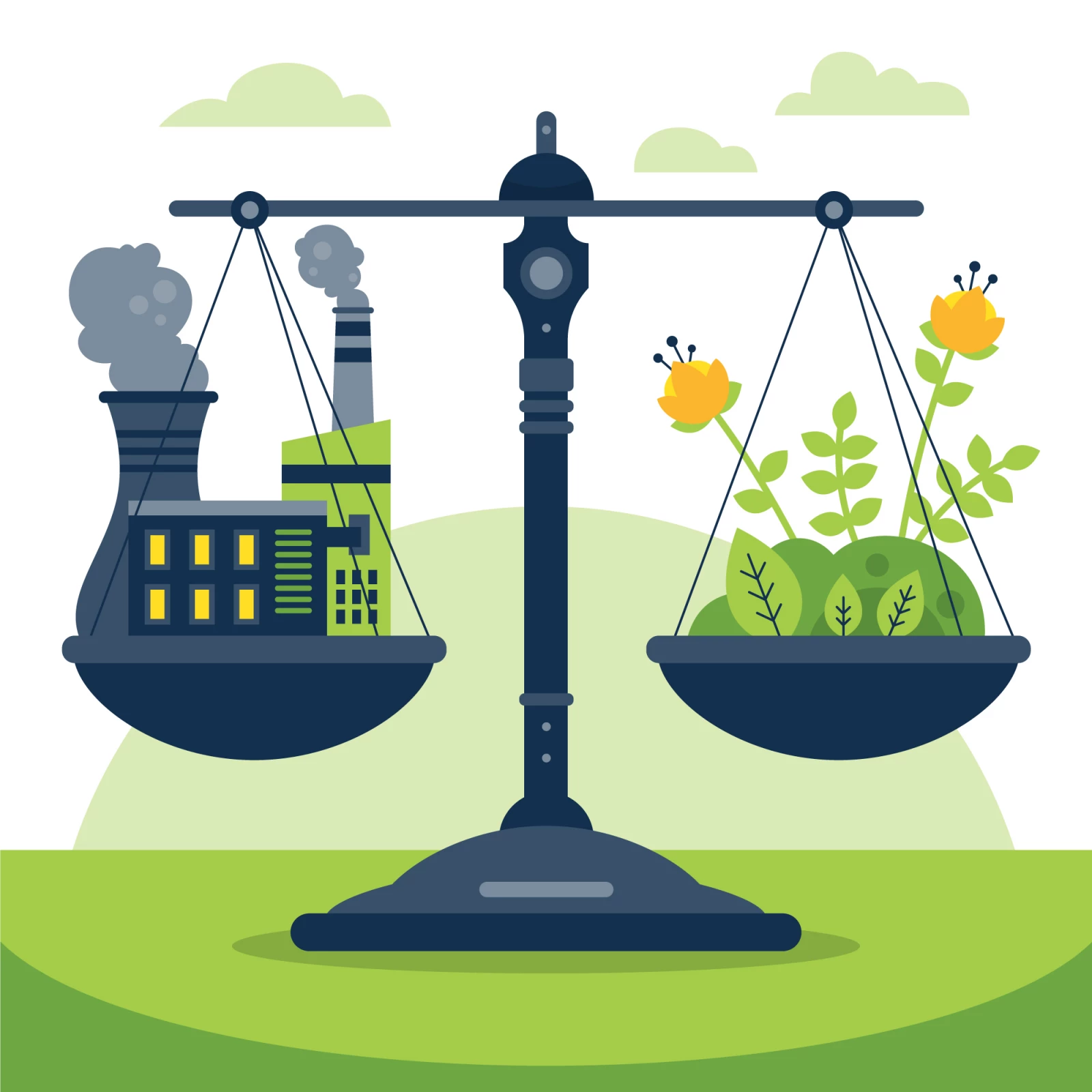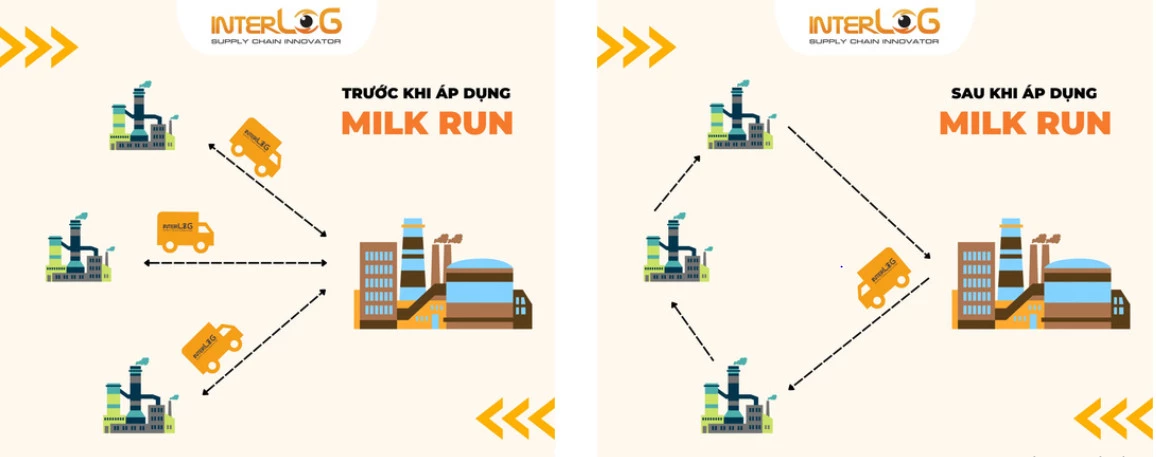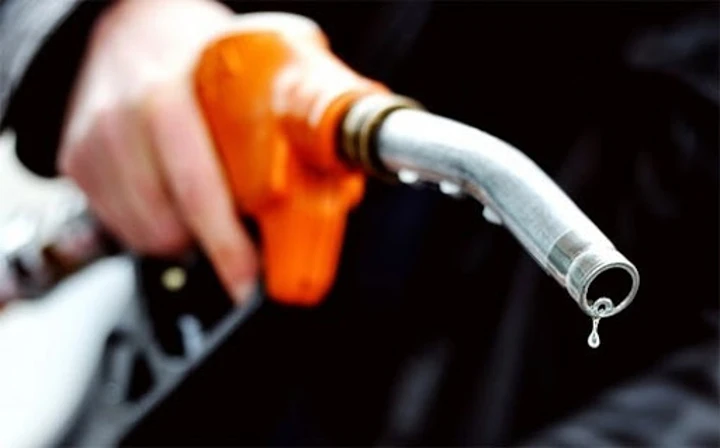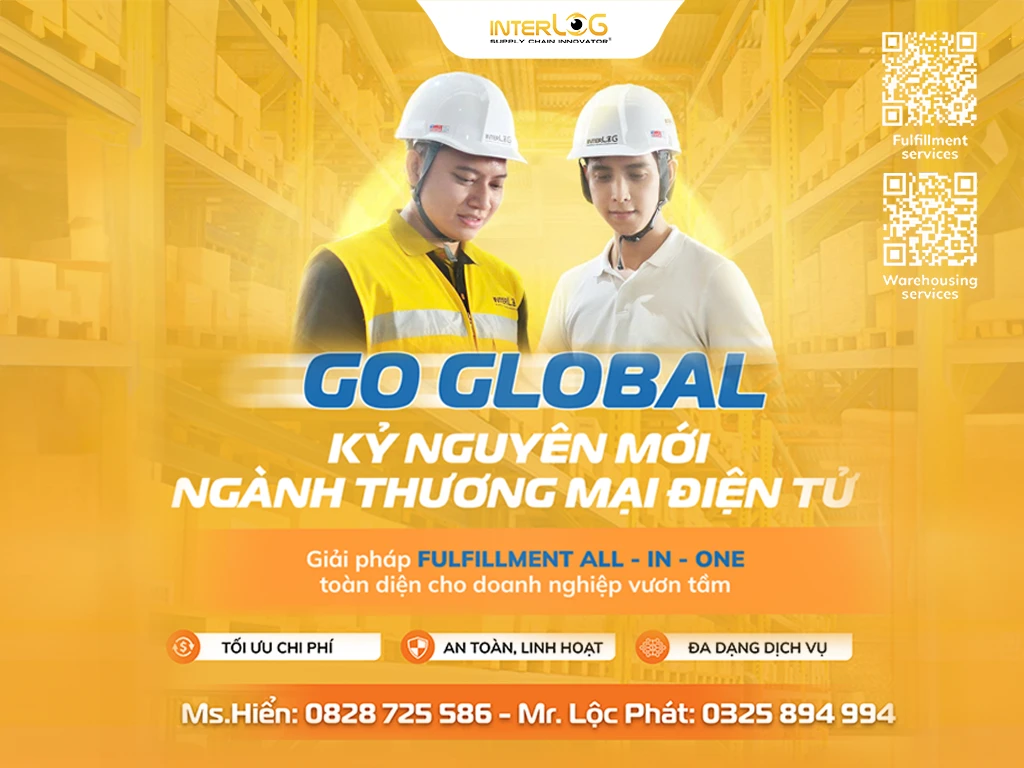


Green logistics: Sustainable trends in the 4.0 era
What is green logistics?
Green logistics is towards sustainable and environmentally friendly goals, minimizing negative environmental impacts. Green logistics governs all three economic, social, and environmental goals at the same time. These three goals are not mutually exclusive, but on the contrary, reinforce each other. All efforts of green logistics are focused on contributing to and ensuring sustainable development.
Green logistics requires close coordination between the Government, businesses, and the community. Diversify greening solutions in the supply chain in all aspects, such as:
- Green transport: Using means of transport that create lower emissions, such as using electric vehicles, water transport instead of a road, combining orders to go on a trip, etc.
- Green packaging: Using recyclable packaging, biodegradable and biodegradable packaging, etc.
- Green warehouse: Using clean energy, energy from nature, sustainable building design, etc.
- Data management: Appling technology to effectively manage and store data, limit paper records use, etc.

Sustainable Green Logistics (Source: Internet)
Some approaches to sustainable green logistics
Carbon Tax
A carbon tax is a tax applied to CO2 emissions from burning fossil fuels, which is one of the causes of global warming and climate change. The carbon tax aims to price emissions, preventing excessive energy exploitation, use, and consumption. The carbon tax is seen to offset the damage to society and the environment.
Each country will have a different carbon tax. The EU is the first trading area in the world to levy a carbon tax on imported goods. The main features of a carbon tax are:
- Taxable objects: Commonly, fossil fuels are widely used in production and life, such as crude oil, coal, natural gas, etc.
- Persons obligated to pay carbon tax: Organizations and individuals that import or exploit fossil fuels are obliged to pay the carbon tax. The carbon tax is an integral part of the selling price of fossil fuels. The actors who use (consume) fossil fuels are the carbon taxpayers. Thus, a carbon tax is an indirect tax.
- Tax rate: The carbon tax rate is calculated per 1 ton of CO2. The higher the amount of CO2 emitted, the higher the amount of carbon tax to pay, and vice versa.
- Carbon tax exemption mechanism: The carbon tax can cause difficulties for businesses in production and investment. Therefore, the cases considered for carbon tax exemption and reduction are usually small-scale enterprises in agriculture, forestry, and power plants.
- Purpose of using carbon tax revenue: Carbon tax money is used for jobs to reduce global warming, protect the environment, and renewable green energy. In many countries, part of the carbon tax is also used to subsidize low-income people, who are vulnerable to carbon taxes because low-income consumers often have to spend more on purchasing products that consume much energy.

The threat in the balance between carbon emissions and the green environment (Source: Internet)
Net - zero: Target to 2050
"Net – zero" is not increasing the total amount of greenhouse gases released into the atmosphere or is also understood as reducing carbon emissions to zero from production, design, or construction. First and foremost, anthropogenic emissions must be reduced as close to zero as possible. The state is achieved using materials that reduce greenhouse gas emissions or methods that consume or absorb all the CO2 emitted in manufacturing.
Vietnam has made firm commitments to respond to climate change towards the goal of "zero" emissions - Net Zero by 2050 at the United Nations Climate Change Summit in 2021 (COP26). This is a challenging "hard" race for Vietnam in the current period of economic development. However, this is also a golden opportunity for sustainable economic growth, helping Vietnamese businesses make more efforts in their commitment to phase out coal power and switch to global clean electricity.
Carbon credit market
A carbon credit is a certification representing the right to emit one ton of carbon dioxide (CO2) or other greenhouse gas equivalent to 1 ton of CO2 (abbreviated as tCO2e). This is a trading unit on the carbon credit market. There are two main types of carbon markets: Compulsory Carbon Markets and Voluntary Carbon Markets.
The carbon credit trading market is gradually heating up in Vietnam; the Government has issued Decree 06/2022 on mitigating greenhouse gas emissions and protecting the ozone layer. The Ministry of Natural Resources and Environment has developed the project "Developing a carbon market in Vietnam" towards the target that will start piloting from 2025 in Vietnam and 2028 will officially operate the carbon credit exchange.
Polluting companies are awarded credits that allow them to discharge an amount up to a specific limit. That limit is reduced periodically. First, they have to spend money on additional credits if their emissions exceed the limit. Second, they can make money by reducing their emissions and selling their excess credits to another company in need.
The development of Vietnam'sVietnam's carbon credits market is one of the economic tools that has been included in the Law on Environmental Protection since 2020. However, so far, the recognition and issuance of carbon credits still depend on third parties, which are international credit institutions or mechanisms.
Optimization solutions in green logistics
Milk-run solution
Milk-run is transporting goods and production materials from suppliers to customers. Unlike traditional forms of transport, freight cars will travel according to a specified route through many suppliers, collect goods and finally return to the first starting point for delivery. InterLog has been applying the Milk-run solution very well to the supply chain, helping customers and partners to cut costs and take advantage of idle time.
This solution brings businesses and society many benefits:
- Take advantage of a truck to pick up goods from many suppliers -> Help businesses cut truck rental costs and have investment capital for production machinery and equipment.
- Source of goods is fully supplied, reducing inventory, increasing the quality of input materials -> Helping suppliers improve the quality of finished products and promptly meet the buyer's needs.
- Save time waiting for the source of goods because one truck can pick up many places a day -> Take advantage of the time to increase productivity and create more income and revenue for businesses.
- Shorten the transportation distance -> Reduce carbon emissions to the environment, contributing to reducing the greenhouse effect and the warming of the Earth.

Reuse empty container solution
For regular import and export flows, InterLOG proposes a method of reusing empty containers of imports for exports, saving the time it takes to pick up and return empty containers.
This solution benefits both business and society:
- Save shipping costs: Customers must only pay once to carry empty containers and to lift fees. On average, a reusable container saves 50-80 USD/container (depending on the distance)
- Save shipping time: Customers have more time to pack and prepare complete documents for customs declaration. On average, a reusable container saves 2 hours/container the time it takes to pick up and return the container.
Barge shipping solutions
In 2011, InterLOG cooperated with Saigon Newport to transport heavy container barges from Cat Lai port to Nhon Trach Industrial Park. This is the InterLog solution to create and exploit the form of freight transport across the Dong Nai River with great success and is highly appreciated by partners. This solution is still being proposed and applied by InterLOG, bringing long-term and sustainable effects to customers.
This solution brings high efficiency to businesses and society:
- Save time and cost: 1 barge can transport more containers than tractors.
- Avoid traffic jams: InterLOG uses barges to transport by water instead of road transport. This helps businesses' goods arrive at the warehouse on time as planned and does not cause traffic jams, causing danger to road users.


